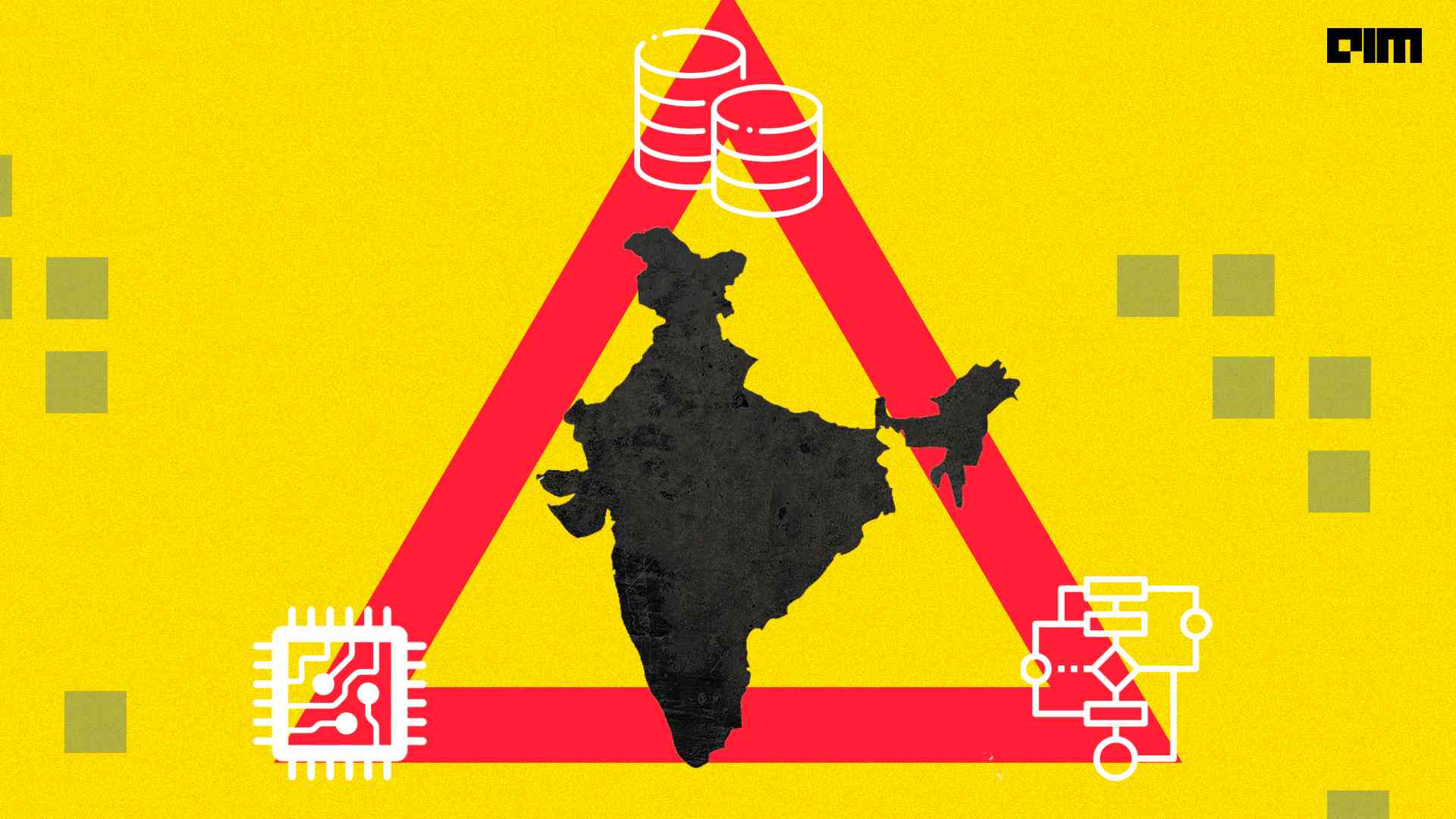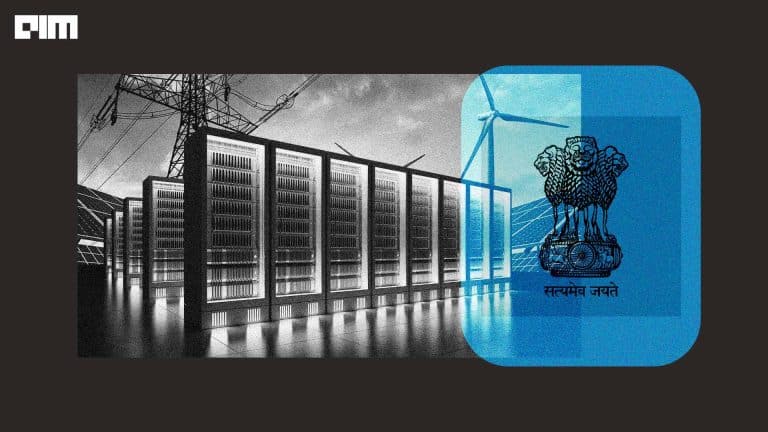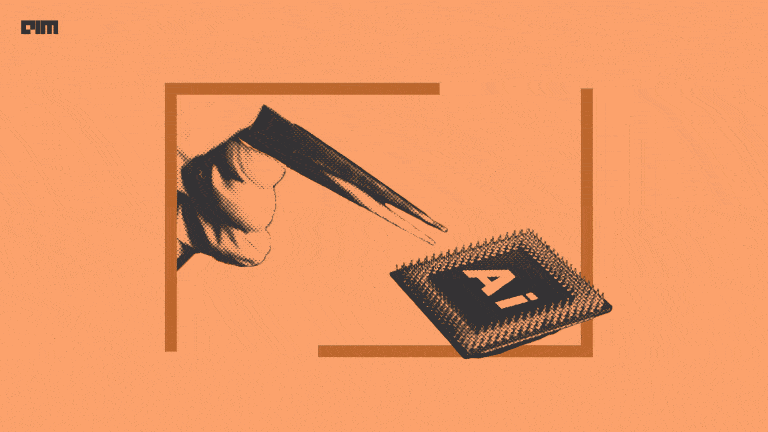It is often said that we are amidst the Fourth Industrial Revolution and given the increasing technological innovations across the globe, the idea doesn’t seem so far off. Owing to the paramount growth of big data and IoT, applications are becoming more intelligent and data-driven by the day. AI is becoming the backbone of most of our daily interactions and a necessity for businesses. It has become a trend in the market, and rightly so. Intelligent innovations like edge AI, computer vision, decision intelligence, deep learning, and machine learning are creating a transformational impact on businesses. So much so AI is today a necessity for business.
Intelligent solutions and applications are built on the foundation of AI, making it critical to create an infrastructure that supports the efficient, speedy, and computation heavy workloads of AI. Traditionally, we have leveraged specialized hardware to dramatically speed up work, augment tasks, and offload demanding work that can bog down CPUs. But this hardware has almost always worked independently. Modern accelerated computing brings together the pioneering benefits of three essential hardware i.e., CPU efficiency, GPU parallel processing, and DPU accelerated data.
Power of Accelerated Computing
Today AI is the core of all intelligent applications. It is reshaping the software development industry but what is the core of AI? The answer is Accelerated Computing. Accelerated computing is imperative and a way forward for all intelligent solutions and applications. At the backend of all smart applications is accelerated computing, which provides results in fractions of a second, with minimal latency. Accelerated Computing can help speed up work, with parallel processing, offloading demanding work that can bog down CPUs and processors that usually execute tasks in cadence. GPU-Accelerated Computing is being used widely in video editing, medical imaging, fluid simulations, colour grading and enterprise applications.
The World of Software 2.0
Accelerated computing and the growth of IoT have birthed Software 2.0. With massive computational power, intelligent machines in Software 2.0 can augment the work of software engineers. Gone are the days of coding software algorithms. Engineers can now train the neural network to optimize the nodes’ weights and generate the desired output. Our AI journey has arrived at a point where software writes software, thus resulting in the world of Software 2.0.
To create a repeatable AI, we require a large amount of computing power that brings together our data. Modern computing handles scientific simulations, visualization, data analytics, and machine learning workloads. But there are huge infrastructural requirements that need to be taken into consideration to support such workloads. These needs are pushing supercomputing centres, cloud providers, and enterprises to rethink their computing architecture. Today, the data centre itself is the single compute node.
As a developing nation, India has the opportunity to be the AI garage of the world. This is because India is leading the way with its vibrant start-up ecosystem, fundamental research, internet protocol, and AI products and services. The country is a pioneer in research and given the massive amount of data scientists that graduate in India, there is a huge scope to develop the industry further into services, outsourcing, IP and product development channels. The investments in the industry soared up to $38 billion in India during the pandemic, giving it a major boost for continued growth. To harness the power of Software 2.0, India needs to rapidly augment data centre compute infrastructure, which can be done on-premise, through cloud or hybrid model.
Software 2.0 in India
In India, we need to greatly enhance computing infrastructure to leverage AI and accelerated computing to solve the country’s foremost challenges. AI applications must be useful to everyone in society, especially to those who belong to the bottom of the pyramid. The growth of technology needs to be well-rounded to become a pioneer, to attain complete success.
To put this into perspective, let us look at chatbots and virtual assistants. Those literate in the English language with a smartphone would have easy access to bots such as Siri or Alexa to tell them the time or look up questions on Google and give them other necessary information. But the technology is not much productive until it is helping a local farmer who speaks vernacular language by telling him the best techniques to store his grains or the latest fertilizer practices. Virtual assistants are far from speaking localized languages or correctly translating them. Farmers will not be able to gain assistance from AI until voice bots can speak to them in their local languages, which spotlights a great opportunity for technology to solve the challenges of feeding the billions of people on our planet.
To enable more advancements in services, we need to meet the computational parameters of Software 2.0. But how can we develop the right infrastructure? We need to build on the three key ingredients that come together to support Software 2.0 in India.
- Compute Power
To support AI applications, computers need to perform thousands of operations in a single second. To gauge the computing power of a country, we need to look at the quantity of data centres at present. These data centres are the measurement of computing power, and we foresee these being fused with AI in the coming years. Massive workloads of data and computing cannot be done only on one or two servers. Instead, a high compute density is required to support model performance and flexibility.
Data centres step in here to allow for a smooth flow of data to the network. They are the necessary infrastructure for setting up cloud computing. Data centres deal with massive quantities of high-quality datasets that will be further used to generate AI products and services. This makes it important to have a systemized organization and flow of data. Within data centres, the DPU is critical to accelerate the flow of data between compute nodes.
What can we expect in future? We see a collaborative effort between the industry and the government to achieve India’s supercomputing self-reliance goal. India has a key competitive advantage in computing & skills, and we need to leverage it. The three integral components, viz electricity, workforce, and cooling are all cheaper in India. Additionally, we can move beyond the IT hubs and set up computing infrastructures in cities like Himachal or Sikkim that have a cooler climate and access to cheap hydroelectric power.
- Datasets
Software 2.0 is heavily dependent on neural networks and software that learn from input data and create more software and models. Data is at the core of this technology, and massive datasets are required to support Software 2.0. A massive set of data based on known outcomes and predictions is required to train the AI model. This model is further applied to another huge dataset to test it and make fresh predictions. The larger the training dataset, the better the model. We need datasets with thousands and millions of parameters to create a reliable machine learning model that we can trust to generate more applications.
The large dataset size is only set to increase exponentially. In fact, 90% of the data available today has been generated in the last two years. One can only imagine the rate of data we will produce in the future. Typically, the data generated is fed into data centres to compute algorithms and process computational tasks. But given the amount of data and the high power of computational nodes involved, data movement in the centres has become an infrastructural bottleneck. This warrants the need for data centres to invest in DPUs or data processing units. DPUs can increase the network’s volume by easing the movement of data between computational nodes. Creating an accelerated networking stack by combining the networking power of DPU with the efficiency of the CPU and the ability of GPUs to parallelly process capabilities is the critical path forward.
Accelerating the work inside data centres requires us to take a holistic approach to compute power, data movement and integration of hardware and software. Building data centres and efficient datasets are not enough as we need to find approaches to bridge the gap and allow efficient data movement.
- Algorithms
Software 2.0 demands software engineers that can create and train machine learning models to create algorithms. The new process entails specifying a goal or intention into the ML program and a skeleton of the neural network architecture, backed up by loads of computational resources. The neural networks are trained on large datasets to come up with their own predictive model. Finally, the algorithm will write itself.
The Way Forward
India must enhance its computational capacity and capability to heavily invest in the infrastructure needed to support advanced AI and computational applications. The foundation of the technology needs to be strong enough to support future research and development in integral areas. India is already one of the biggest hubs for IT with huge scope to become self-sufficient in the era of Software 2.0. But it is important to leverage our workforce strength and take up new initiatives to really make a difference and make India a superpower in AI computing.
This article is written by a member of the AIM Leaders Council. AIM Leaders Council is an invitation-only forum of senior executives in the Data Science and Analytics industry. To check if you are eligible for a membership, please fill the form here.



















































































